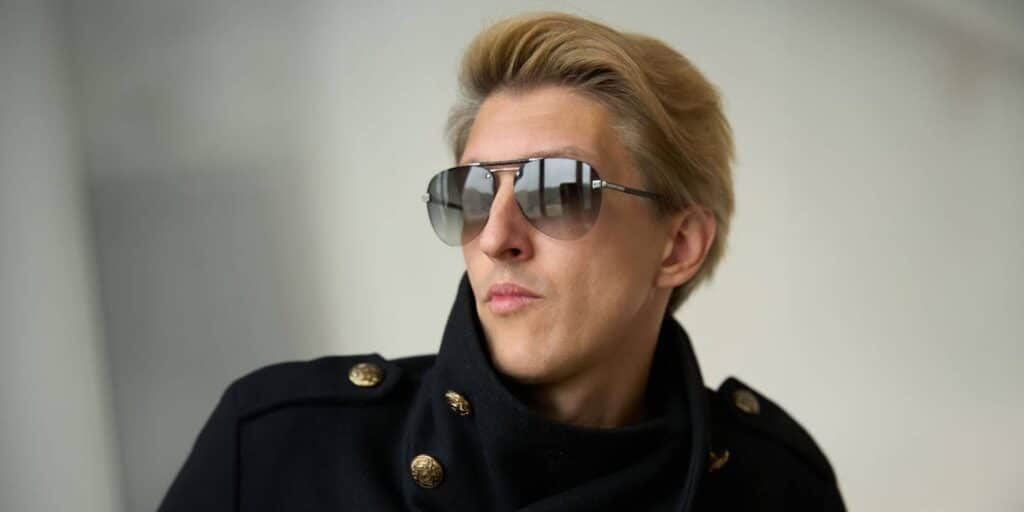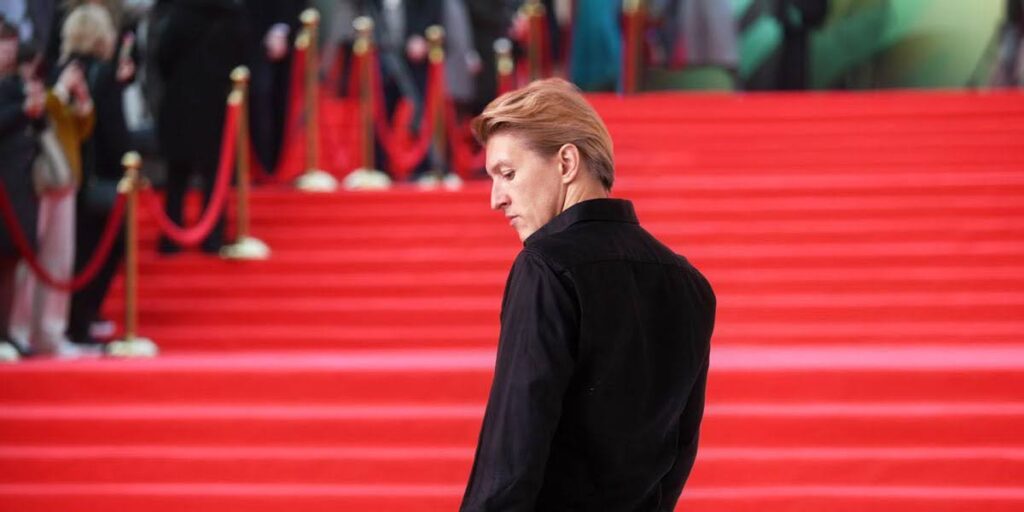Observing Alexander N‘s approach over the past year, which skillfully combines a refined sense of style with narrative expertise, has solidified his position as a notable figure in fashion and film collaborations. This observation has made it clear that his visionary approach subtly yet significantly influences the cinematic experience. This article delves into key aspects where fashion significantly impacts film, enhancing storytelling and leaving a memorable mark on audiences.
Fashion-Film: A New Approach to Collaboration
Alexander N’s ‘Romea&Juliet’ exemplifies a transformative approach to filmmaking, where fashion is as integral to the narrative as the script itself. Set against the rich backdrop of New York City, this contemporary romance/drama intertwines the disparate worlds of a classical ballerina and a Harlem rapper, using fashion as a lens to explore their contrasting lives.
This film is a canvas showcasing the eclectic fashion landscape of New York. N Films team’s innovative vision brings together emerging local fashion designers with established figures, creating a mix of styles that range from the refined elegance of haute couture to the bold statements of streetwear. This collaborative effort promises to infuse ‘Romea&Juliet’ with an authenticity and vibrancy that resonates with the city’s spirit.
The character of Romea, adorned in sophisticated ballet attire, contrasts sharply with Juliet’s dynamic street style, visually representing their distinct backgrounds. Alexander N uses these fashion elements to embellish his characters and deepen the audience’s understanding of their stories.
Mutual Promo
The relationship between fashion and film is symbiotic. Fashion designers not only dress the characters but also use the film as a platform to showcase their special collections. This mutual promotion benefits both industries, as the film gains publicity and the designers reach a wider audience.

Photo Credit: Anastasiia Ostrikova
Take, for example, the collaboration between costume designer Jacqueline Durran and director Joe Wright in the film ‘Anna Karenina.’ Durran’s exquisite period costumes not only added authenticity to the film but also received critical acclaim, earning her an Academy Award for Best Costume Design. The success of the costumes in the movie further boosted Durran’s reputation as a talented designer.
Fashion collaborations between designers and filmmakers can create iconic and memorable looks synonymous with a particular film. Think of Audrey Hepburn’s little black dress in ‘Breakfast at Tiffany’s’ or Marilyn Monroe’s white dress billowing over a subway grate in ‘The Seven Year Itch.’ These fashion moments have become iconic and are forever linked to the films they appear in.
5 Ways Fashion Enhances the Cinematic Experience
- Character Development: Fashion helps to establish a character’s personality, background, and motivations. Through their clothing choices, we can instantly understand if a character is confident, rebellious, or sophisticated. For example, in the film ‘The Devil Wears Prada,’ the protagonist’s transformation from frumpy to fashionable reflects her growth and self-confidence.
- Time and Place: Fashion helps to establish a film’s time period and setting. By carefully selecting clothing and accessories that are representative of a specific era, filmmakers can transport audiences to a different time and place. For example, in the film ‘The Great Gatsby,’ the elaborate flapper dresses and dapper suits instantly transport viewers to the roaring 1920s.
- Mood and Atmosphere: The right wardrobe choices can set the tone for a scene or film. Dark, somber clothing can create a sense of mystery and suspense, while bright, colorful outfits can evoke joy and happiness. In the movie ‘The Hunger Games,’ the extravagant costumes of the Capitol residents contrast with the drab attire of the oppressed districts, emphasizing the stark divide between the two.
- Symbolism: Fashion can be used to create visual symbolism and enhance the narrative. Certain clothing choices can represent themes or motifs within a film. For example, in the movie ‘Black Swan,’ the protagonist’s transformation from a white tutu to a black feathered costume symbolizes her descent into madness and obsession.
- Visual Storytelling: Fashion can communicate information without the need for dialogue. A character’s clothing can reveal occupation, social status, or secrets.

Image Internally Provided
These are just a few examples of how fashion elevates cinematic storytelling. From character development to visual storytelling, fashion adds a layer of richness to the films we love. It is a powerful tool filmmakers can use to captivate audiences and enhance the cinematic experience. Through the collaboration between fashion designers and filmmakers, the visual impact of films is enhanced, creating a more immersive and captivating experience for the audience.








